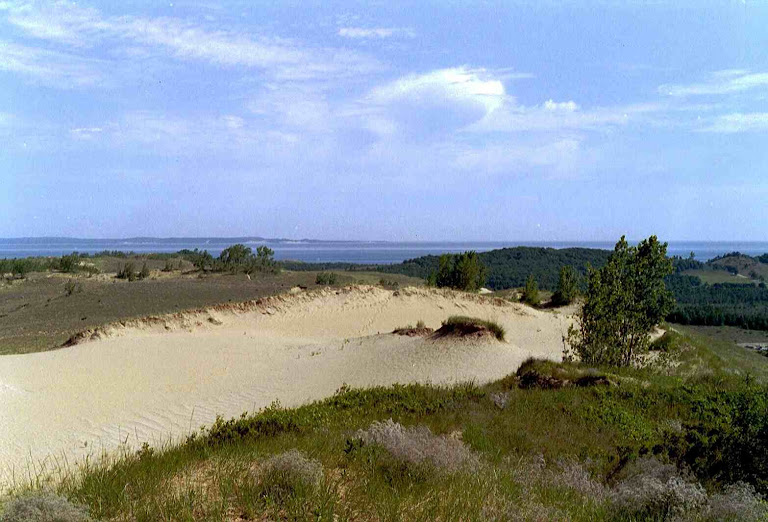The Black Lives Matter movement and people all across the United States review their basics with this "I, too, sing America," which the New York Times printed over the entire back page of the paper on September 22, 2016. When Hughes recites the poem, he changes the line "They'll see how beautiful I am" to "They'll see how beautiful we are," and this is not only to avoid bragging about his own looks. He is emphasizing that the "I" of the poem is not only his private I —in fact the speaker of the poem may be the poet or may be "the darker brother"—but is also a collective we. The "I" represents all people of color.
On some level, this poem is a prophecy that Hughes optimistically writes during the Harlem Renaissance (the poem was first published in a magazine in 1925, and then was part of his first book of poems, The Weary Blues, published in 1926). In today's United States, the prophecy has been fulfilled with a second term of President Barack Obama, and the opening of the National Museum of African American History and Culture in Washington D.C. on September 24, 2016. However, the flip side of that coin is that the poem is still a "dream deferred" for a number African Americans.
Links
Langston Hughes, "I, Too" text of the poem at Poetry Foundation (with related content).
David Ward, "What Langston Hughes' 'I, Too' Tells Us About America's Past and Present" on Langston Hughes at Smithsonian.com (September 22, 2016).









